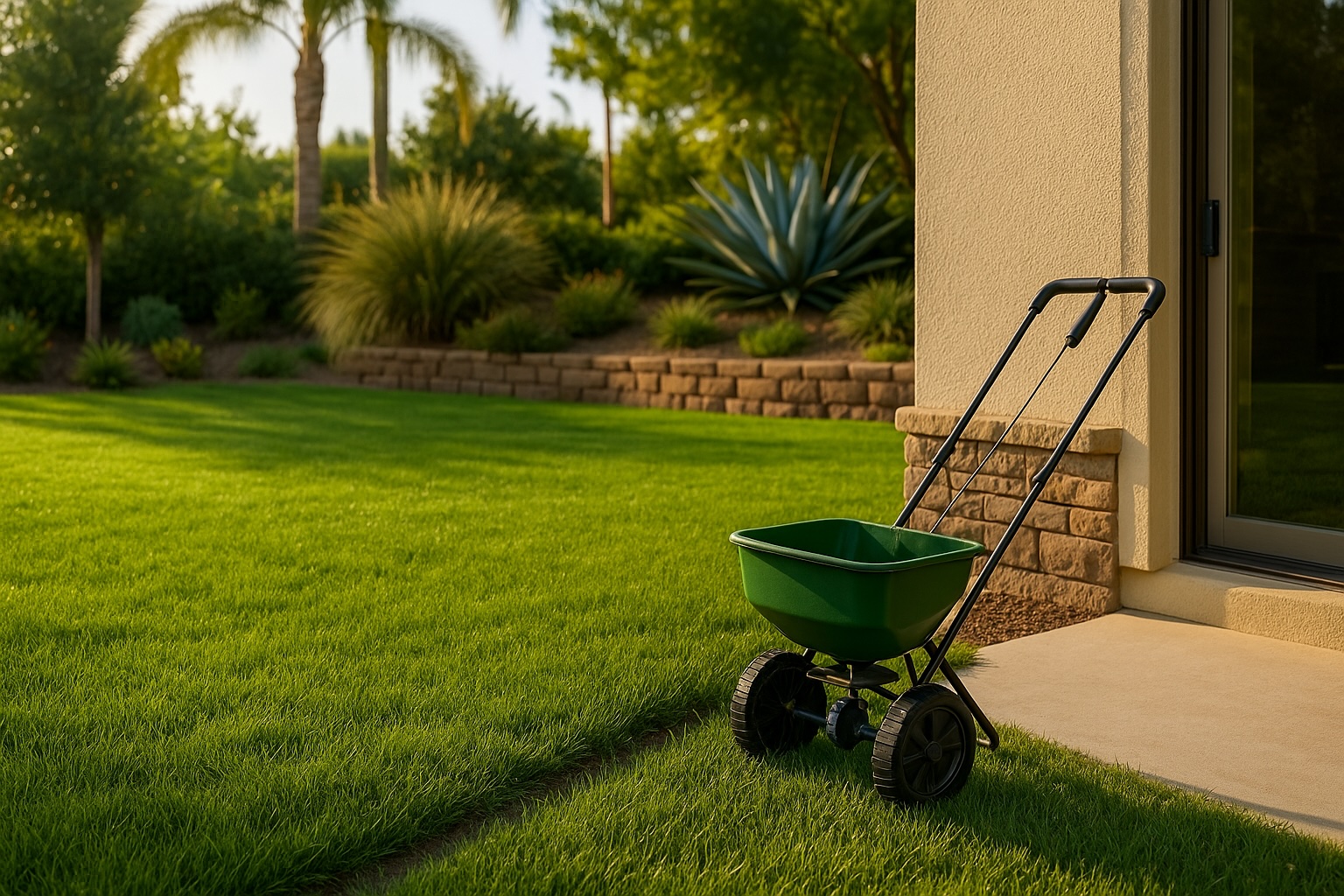Gilbert Lawn Fertilizer Tips Before Summer Heat
If you want your Gilbert lawn to look its best through scorching summer months, spring is the perfect time to give it a boost. Proper fertilization helps your grass stay green, dense, and resilient to heat and drought—so timing and technique matter! Here’s how to make sure your lawn gets the nutrients it needs before … Read more

